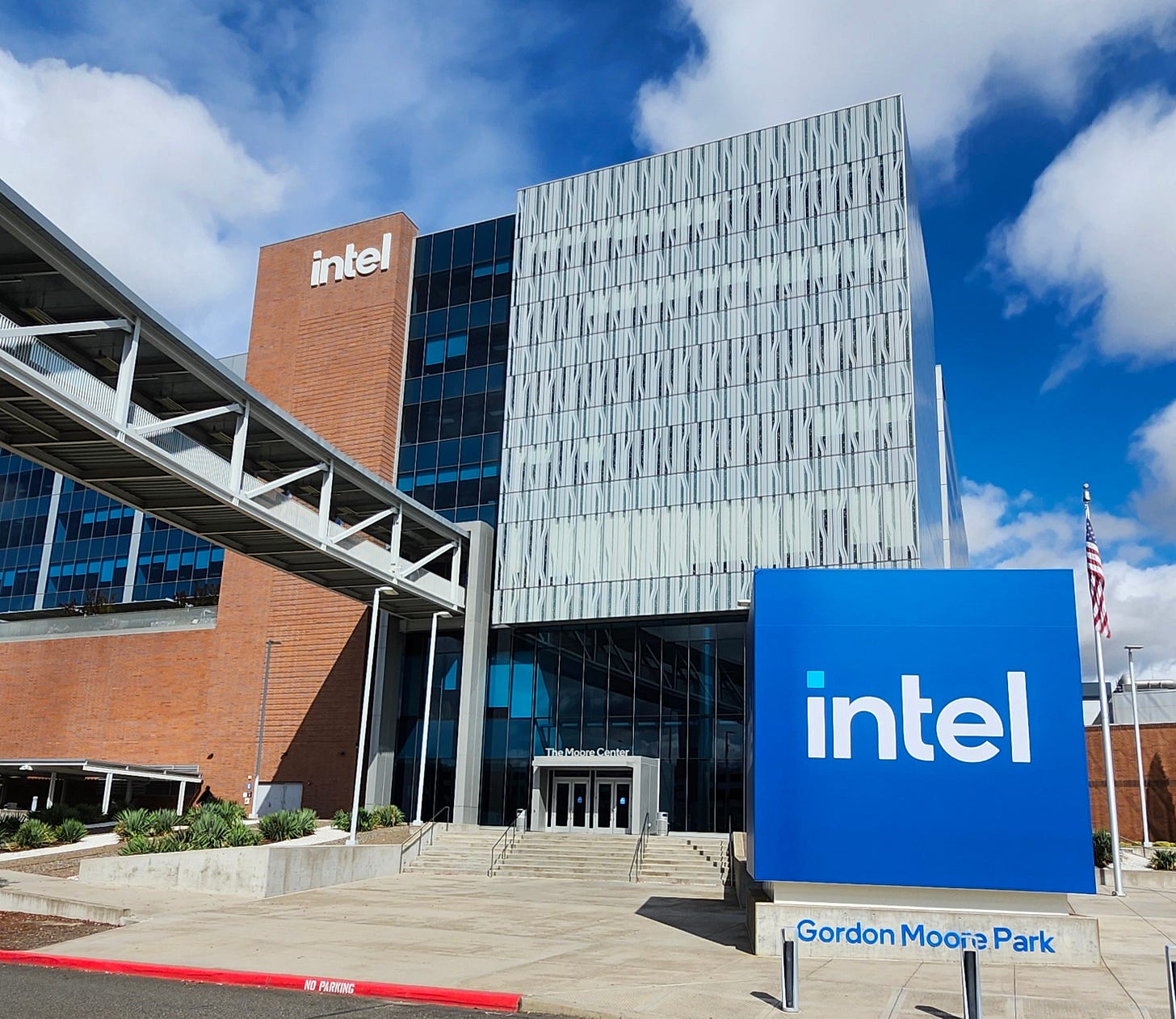Great companies can sometimes stumble over two major pitfalls: mistaking sunk costs for sound investments and underestimating the impact of large-scale layoffs on talent retention. Intel, in recent years, appears to have fallen into both.
In economics, a sunk cost is an expense that has already been incurred and cannot be recovered. It takes foresight to distinguish between a sunk cost and investments that can still yield high returns.
For Intel, what constitutes a sunk cost? Many would point to the substantial resources poured into Intel Foundry Services (IFS). According to Engadget, Intel has reportedly invested around $25 billion annually in its foundry business over the last two years, yet this has not yielded a profit. In 2023, Intel reported operating losses of $7 billion for IFS, surpassing $5.2 billion in losses in 2022. Meanwhile, Intel's 2023 revenue dropped 31% year-over-year to $18.9 billion.
The market welcomed CEO Pat Gelsinger’s announcement to spin off IFS as an independent subsidiary. However, former Intel directors, including David Yoffie, Reed Hundt, Charlene Barshefsky, and Jim Plummer, argue that more drastic restructuring is needed. In Fortune, they advocate for splitting Intel’s design and manufacturing arms into two independent entities—a division they believe could be required as a condition for the $8.5 billion in grants and $11.5 billion in low-interest loans Intel could receive. Gelsinger’s own frustrations with the slow disbursement of CHIPS Act funds underscore the urgency Intel faces.
At first glance, this strategy might seem straightforward. With Intel’s share price below book value, it’s become an appealing target for acquisitions. Reports suggest companies like Qualcomm and ARM are eyeing Intel’s product division, though not the foundry segment. Even if a bold buyer were to emerge for the foundry, they’d need the capability to manage complex fab operations. While rumors circulate about a possible alliance with Samsung to challenge TSMC, industry experts see this as a tough feat, noting that merely joining forces doesn’t guarantee improvements in chip yield or profitability.
Pat Gelsinger has also regretted Intel’s decision to abandon the Larrabee Project, suggesting that holding onto this legacy asset might have prevented Intel from lagging in the AI race. Yet, three years into his tenure, Gelsinger has yet to revive the project. Despite Intel's recent advances in Gaudi AI chip and Core Ultra processor design, he publicly thanked TSMC at Computex Taiwan in June for delivering high-quality production on schedule.
Intel’s immediate challenge is recognizing and accepting its sunk costs and focusing on stopping the financial bleeding. As Intel prepares to announce Q3 earnings on October 31, the question looms: will the planned layoff of 15,000 jobs for a $10 billion cost reduction be enough to improve its profit and loss (P&L) statement? While some employees are being laid off, others with extensive experience are voluntarily exiting, sharing news of their departures on LinkedIn. A widespread disillusionment is evident among those who have spent years at Intel.
Too often, layoffs are seen as a quick fix when companies are struggling, as talent value doesn’t appear on P&L sheets. A senior technologist remarked, “I know many Intel engineers who, despite not receiving pink slips, chose to move on to companies like NVIDIA and Broadcom.” It takes years to nurture a seasoned semiconductor engineer, and every departure drains valuable expertise from Intel. If the IFS division bears the brunt of these layoffs, Intel will face even greater challenges in realizing its IDM 2.0 ambitions. And with fewer complaints lately about staffing issues at TSMC’s Arizona facility, one wonders if some of Intel’s departing talent might be headed there.



